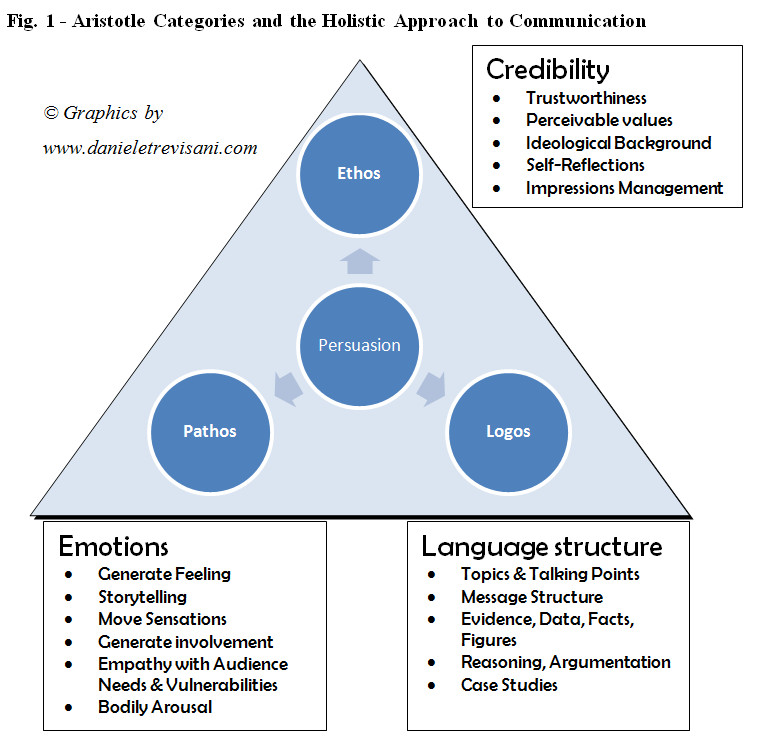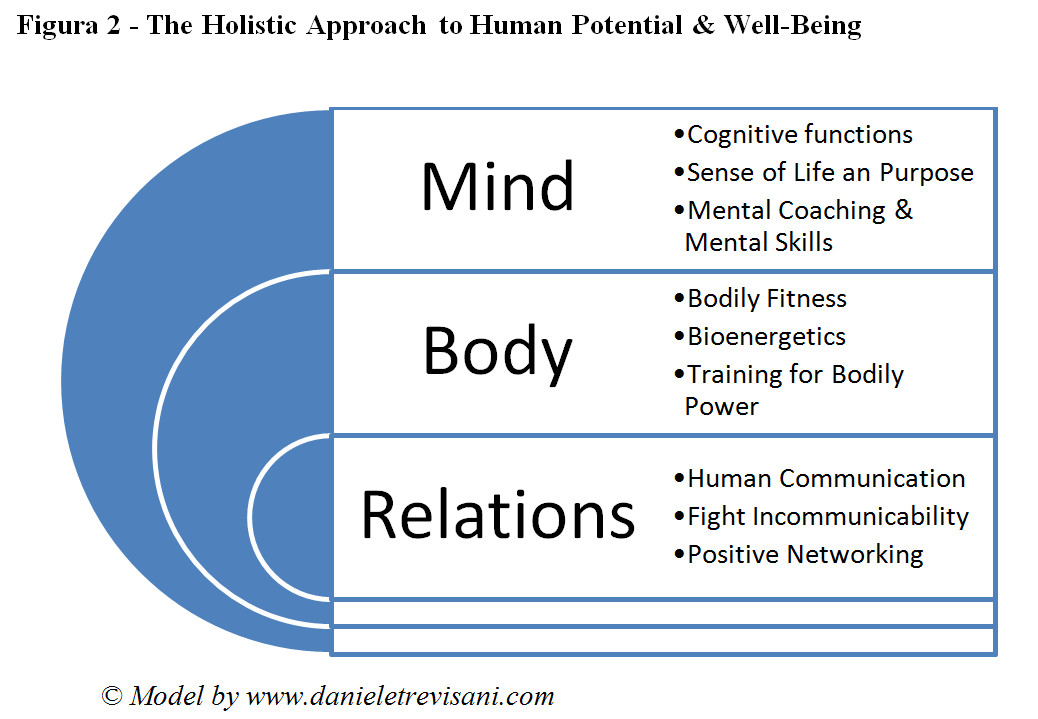Il Migliore Corso di Public Speaking in Italia è erogato da Daniele Trevisani Academy sia online che in modalità di coaching in presenza. Il corso viene erogato dai coach e formatori accreditati che hanno conseguito il livello di Master Trainer in HPM presso Daniele Trevisani Academy. il Dott. Daniele Trevisani, supervisore scientifico, è laureato in DAMS-Comunicazione con Master in Communication alla University of Florida (USA), specializzazione in tecniche teatrali presso l’Università di Hull (UK), e ha conseguito l’onorificenza di Fulbright Scholar (Governo USA) per i contributi apportati alle scienze della comunicazione interculturale e lo studio scientifico dell’incomunicabilità.
Migliore Corso di Public Speaking in Italia – Chiedi subito un contatto preliminare con Daniele Trevisani Academy compilando questo form. Ti risponderemo al più presto
Migliore Corso di Public Speaking in Italia – Struttura
Un corso di public speaking deve essere strutturato in modo da coprire vari aspetti fondamentali della comunicazione orale in pubblico. Ecco un elenco dettagliato dei principali argomenti e contenuti che dovrebbe includere:
1. Introduzione al Public Speaking
- Definizione e importanza del public speaking.
- Obiettivi del corso e aspettative.
2. Gestione dell’Ansia
- Tecniche di rilassamento e respirazione.
- Strategie per superare la paura di parlare in pubblico.
3. Preparazione del Discorso
- Scelta e analisi del tema.
- Ricerca e raccolta delle informazioni.
- Organizzazione delle idee (introduzione, corpo, conclusione).
4. Struttura del Discorso
- Creazione di una struttura chiara e logica.
- Tecniche per attirare e mantenere l’attenzione del pubblico.
- Uso di storie, esempi e aneddoti.
5. Tecniche di Presentazione
- Uso della voce (intonazione, volume, ritmo).
- Linguaggio del corpo (gesti, postura, movimenti).
- Contatto visivo con il pubblico.
6. Uso di Supporti Visivi
- Creazione di presentazioni efficaci (PowerPoint, slide, grafici).
- Utilizzo appropriato di immagini e video.
- Gestione di attrezzature tecnologiche.
7. Coinvolgimento del Pubblico
- Tecniche per interagire con l’audience.
- Gestione di domande e risposte.
- Uso di attività interattive.
8. Stili di Public Speaking
- Differenti tipi di discorsi (informativo, persuasivo, celebrativo, ecc.).
- Adattamento dello stile al contesto e all’audience.
9. Pratica e Feedback
- Simulazioni di discorsi in vari contesti.
- Feedback costruttivo da parte di istruttori e compagni.
- Auto-valutazione e miglioramento continuo.
10. Aspetti Pratici
- Gestione del tempo durante il discorso.
- Preparazione per imprevisti.
- Esercitazioni pratiche di improvvisazione.
11. Etica e Professionalità
- Rispetto del pubblico e delle opinioni altrui.
- Comportamento professionale e rispetto delle regole del contesto.
12. Tecniche Avanzate
- Uso della retorica e delle figure retoriche.
- Tecniche di storytelling avanzato.
- Gestione di discorsi su tematiche complesse o controverse.
Un buon corso di public speaking dovrebbe prevedere una combinazione di teoria e pratica, permettendo ai partecipanti di applicare ciò che hanno appreso in situazioni simulate e reali, con un costante feedback da parte dell’istruttore e degli altri partecipanti.
Perchè frequentare un corso di Public Speaking?
Frequentare un corso di public speaking offre numerosi benefici, sia a livello personale che professionale. Ecco alcune ragioni per cui potrebbe essere vantaggioso partecipare a un corso di questo tipo:
1. Migliorare le Capacità Comunicative
- Chiarezza e Precisione: Un corso aiuta a esprimere le proprie idee in modo chiaro e conciso.
- Organizzazione: Insegna come strutturare i discorsi in modo logico e coerente.
2. Superare la Paura di Parlare in Pubblico
- Riduzione dell’Ansia: Tecniche di gestione dell’ansia e del nervosismo.
- Autostima: Aumenta la fiducia in se stessi e la capacità di affrontare situazioni di stress.
3. Sviluppo Professionale
- Opportunità di Carriera: Migliora le prospettive di carriera, in quanto molte posizioni richiedono abilità di presentazione.
- Leadership: Le capacità di parlare in pubblico sono essenziali per ruoli di leadership e gestione.
4. Efficacia nelle Relazioni Interpersonali
- Ascolto Attivo: Migliora la capacità di ascoltare e rispondere in modo efficace.
- Empatia e Comprensione: Aiuta a comprendere meglio le esigenze e le preoccupazioni degli altri.
5. Abilità di Persuasione
- Argomentazione: Migliora la capacità di costruire e presentare argomenti persuasivi.
- Influenza: Aumenta la capacità di influenzare e motivare gli altri.
6. Creatività ed Espressività
- Storytelling: Imparare a raccontare storie coinvolgenti e persuasive.
- Uso di Supporti Visivi: Migliorare l’uso di presentazioni visive e altri strumenti.
7. Gestione del Tempo e Preparazione
- Pianificazione: Aiuta a gestire il tempo in modo efficace durante un discorso.
- Preparazione: Insegna a prepararsi adeguatamente per diversi tipi di presentazioni.
8. Adattabilità e Improvvisazione
- Flessibilità: Migliora la capacità di adattarsi a situazioni impreviste.
- Improvvisazione: Abilità di rispondere prontamente a domande o cambiamenti dell’ultimo minuto.
9. Networking e Collaborazione
- Connessioni: Opportunità di incontrare altre persone con interessi simili.
- Feedback Costruttivo: Ricevere e dare feedback utile per il miglioramento reciproco.
10. Sviluppo Personale
- Autoconoscenza: Aiuta a comprendere meglio i propri punti di forza e aree di miglioramento.
- Resilienza: Rafforza la capacità di affrontare e superare le difficoltà.
Partecipare a un corso di public speaking può trasformare la capacità di comunicare efficacemente, influenzare positivamente la carriera e migliorare le interazioni quotidiane, rendendolo un investimento prezioso per chiunque desideri crescere in questi ambiti.
Migliore Corso di Public Speaking in Italia – Semantica articolo
- Migliore corso public speaking Italia
- Public speaking avanzato Italia
- Corso oratoria efficace Italia
- Master public speaking Italia
- Public speaking per professionisti Italia
- Corsi di comunicazione in pubblico Italia
- Public speaking per manager Italia
- Formazione public speaking Italia
- Workshop public speaking Italia
- Corsi di retorica Italia
- Miglior corso oratoria Italia
- Public speaking online Italia
- Corsi di presentazione efficace Italia
- Training public speaking Italia
- Public speaking per aziende Italia
- Scuola di public speaking Italia
- Public speaking per dirigenti Italia
- Corso di leadership e public speaking Italia
- Public speaking per imprenditori Italia
- Public speaking per insegnanti Italia
- Corso di comunicazione persuasiva Italia
- Tecniche di public speaking Italia
- Public speaking con esperti Italia
- Public speaking per studenti Italia
- Public speaking per venditori Italia
- Migliori corsi di public speaking Roma
- Public speaking per avvocati Italia
- Public speaking per consulenti Italia
- Corso di public speaking economico Italia
- Public speaking per politici Italia
- Public speaking per start-up Italia
- Public speaking intensivo Italia
- Public speaking weekend Italia
- Public speaking per medici Italia
- Public speaking e comunicazione non verbale Italia
- Public speaking e storytelling Italia
- Public speaking per presentazioni aziendali Italia
- Corsi di public speaking personalizzati Italia
- Public speaking per conferenze Italia
- Public speaking per eventi Italia
- Public speaking e media training Italia
- Corso public speaking base Italia
- Public speaking per formatori Italia
- Public speaking per coach Italia
- Migliori scuole di public speaking Italia
- Public speaking e gestione dell’ansia Italia
- Public speaking per migliorare la carriera Italia
- Public speaking pratico Italia
- Public speaking per comunicazione efficace Italia
- Public speaking per il settore tecnologico Italia






